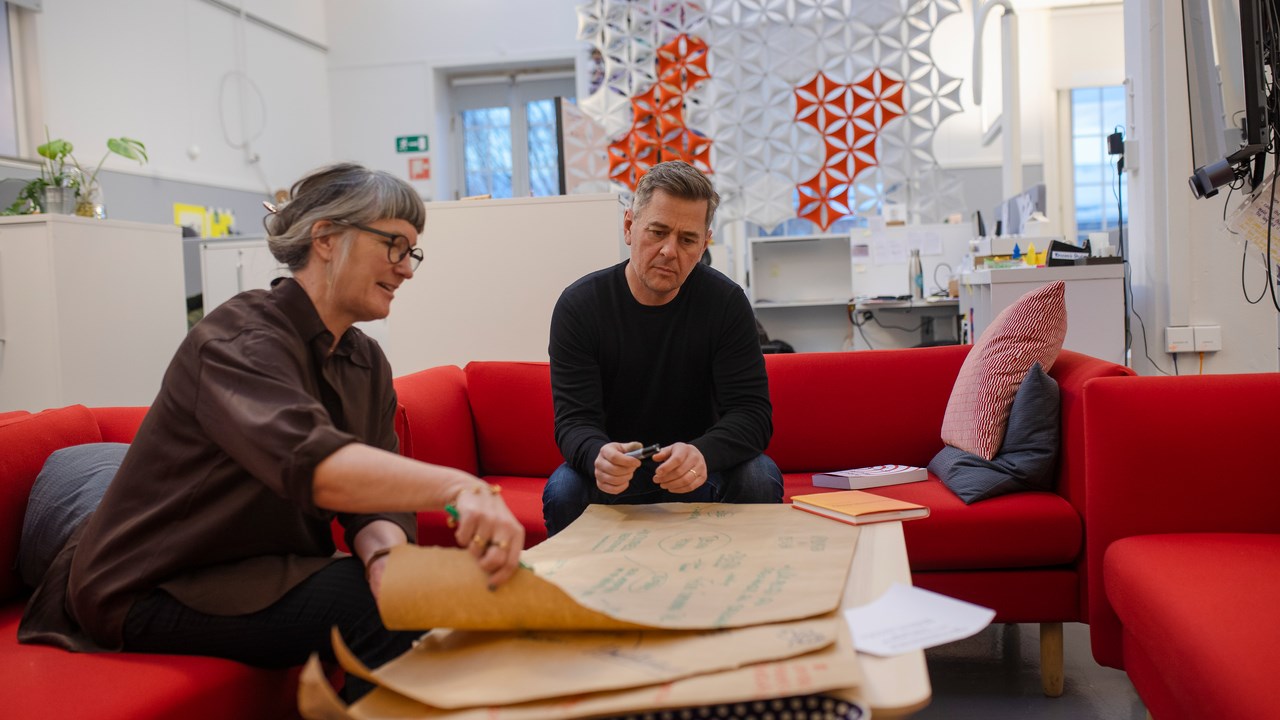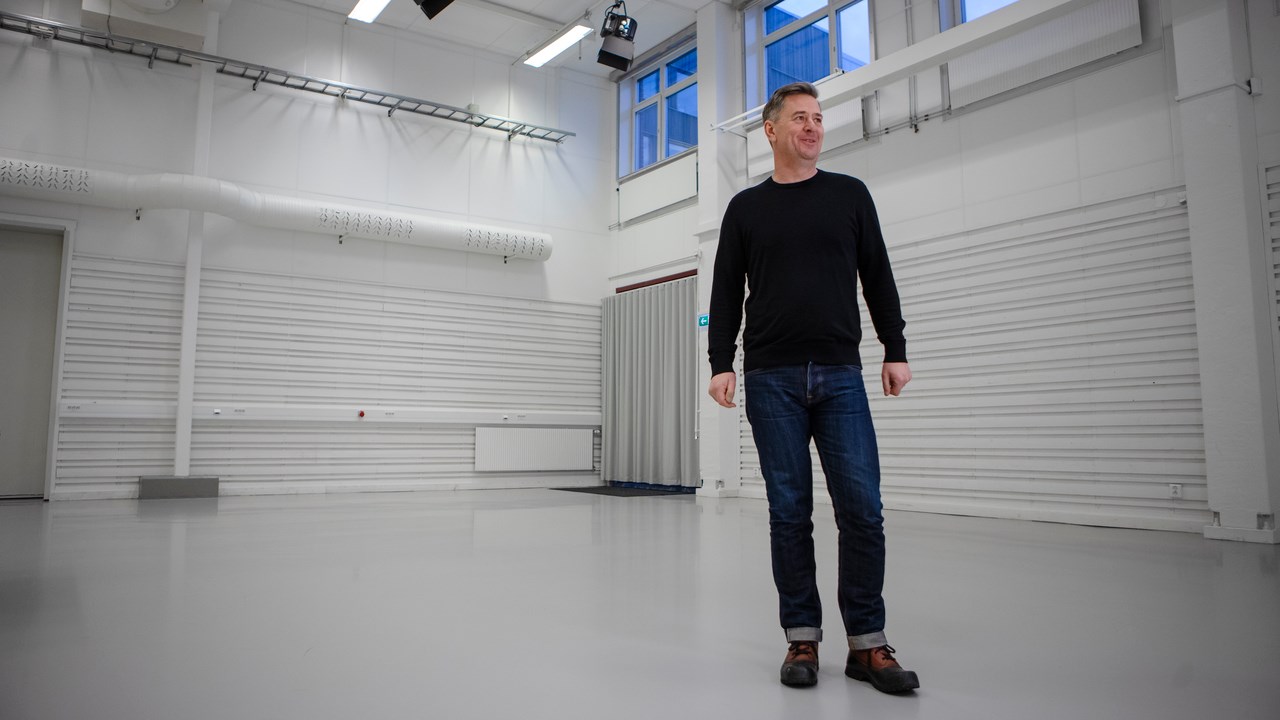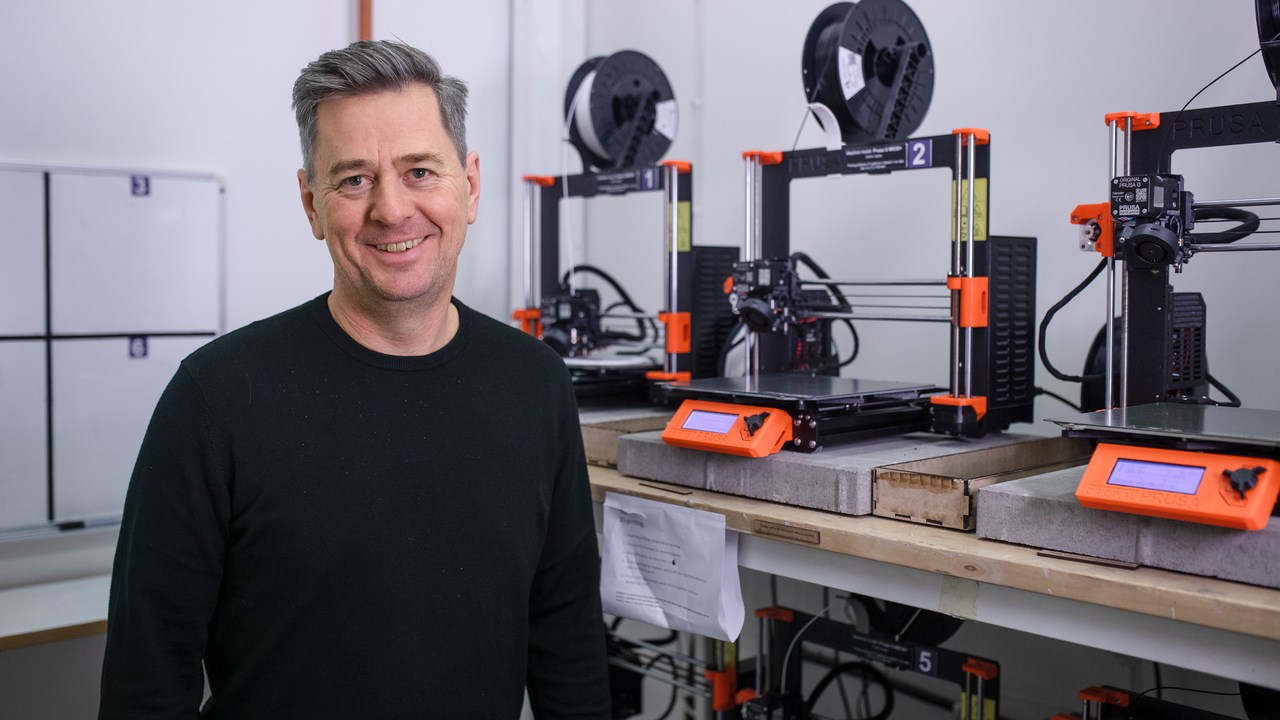What is more-than-human design?
More-than-human design is a design philosophy that acknowledges that we are more than just “users”. We are part of extensive ecosystems where microorganisms, plants, animals, algorithms, and machines also act and produce effects.
One research direction of more-than-human design criticises human exceptionalism and consider other species and ecosystems as equally important, and includes for instance research on designing for and with other species. Another direction concerns how our relations to technology are changing as machine learning, algorithmic decision making and related forms of artificial intelligence take on tasks previously being exclusive to humans.





